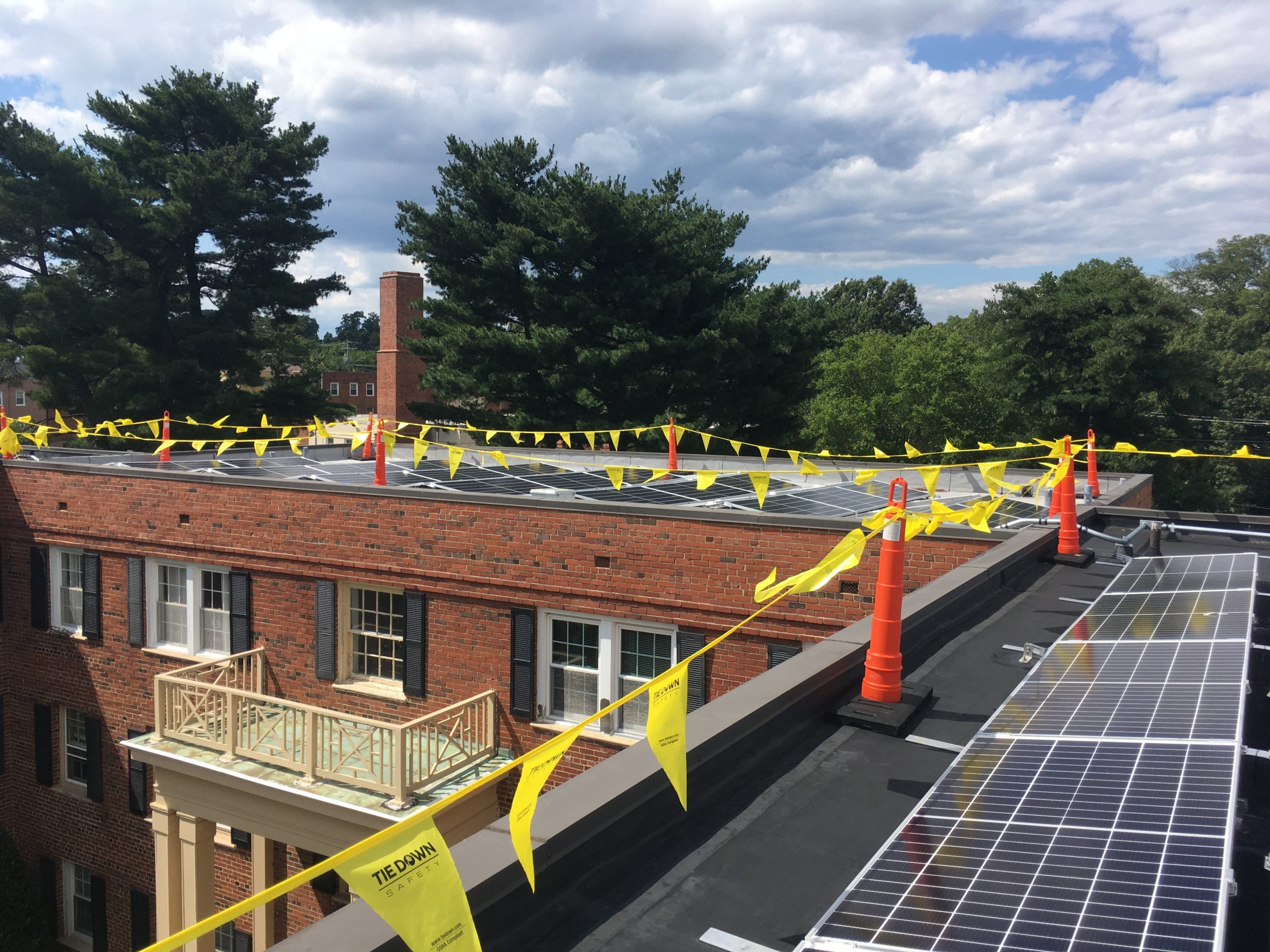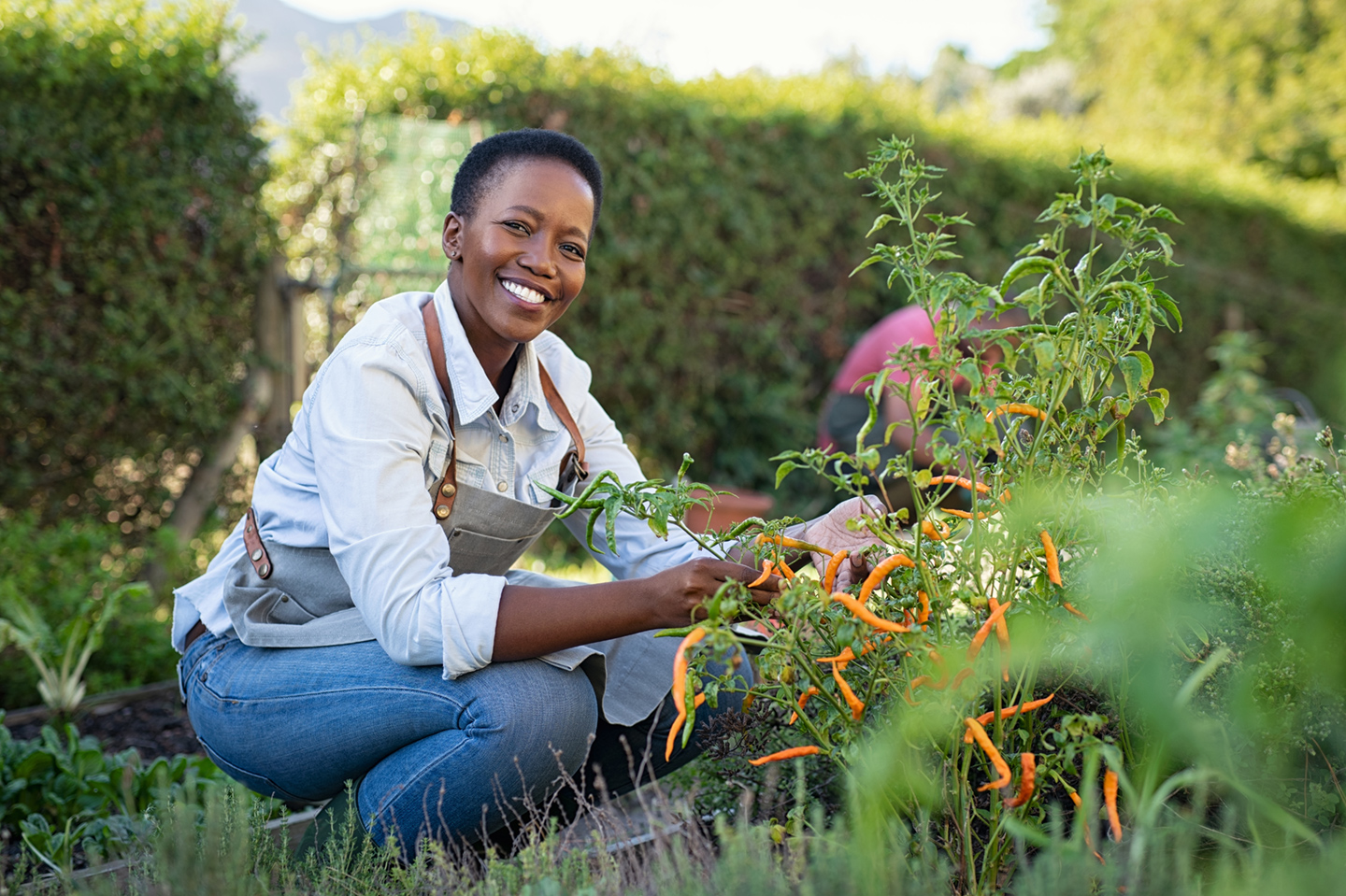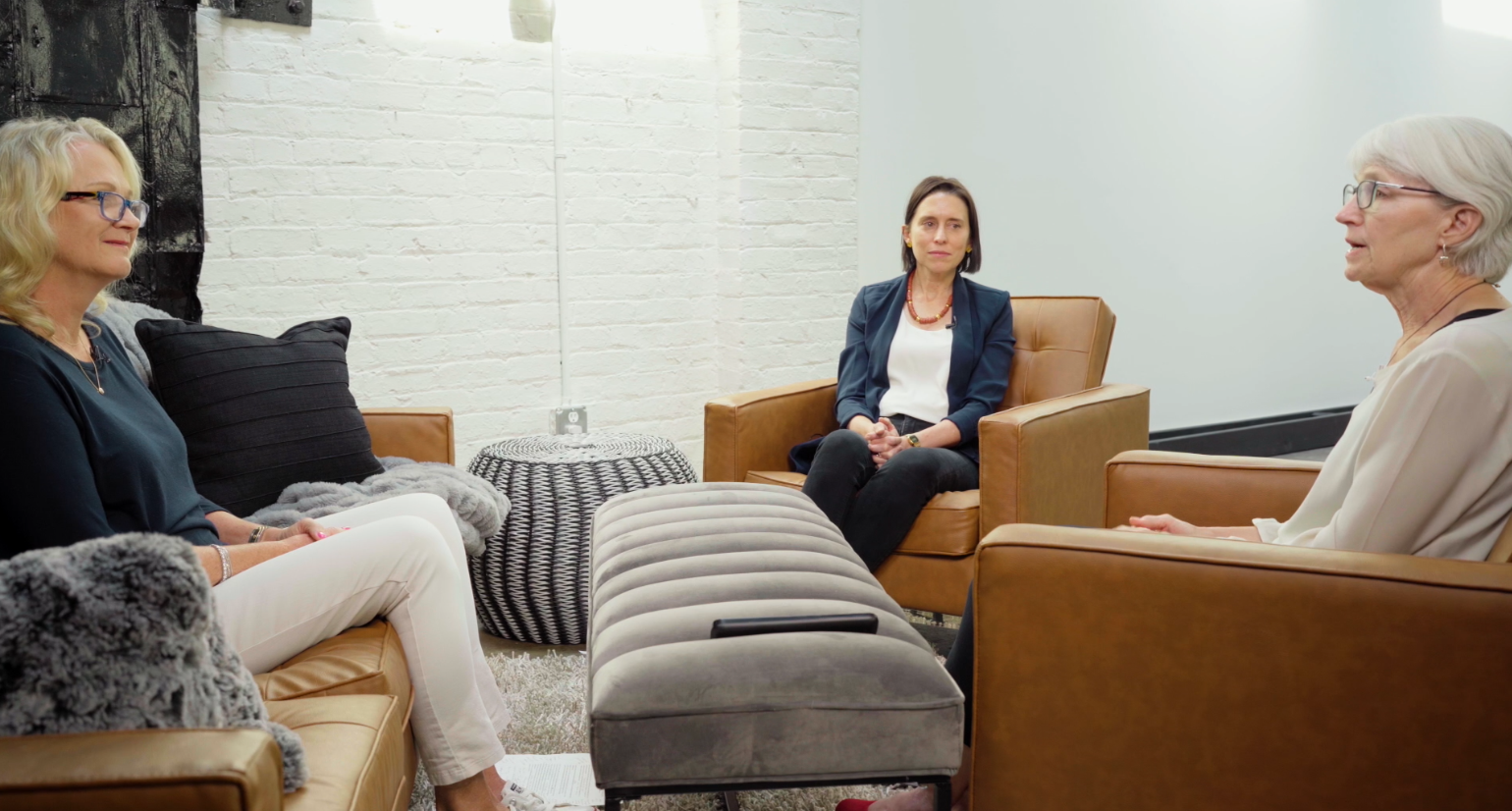A Need for Innovative Lending
Fahe is a regional network, financial intermediary, and community development financial institution (CDFI) with a mission to end persistent poverty in Appalachia. In 2016, they received $50 million in loan awards from the USDA Community Facilities Relending Program, with which they sought to build several community facilities, including daycare and opioid-addiction rehabilitation centers. The challenge, however, was twofold.
First, the capital received couldn’t be used for construction projects, meaning they had to find other sources of construction financing before being able to tap into the government’s long-term loans. The timing was also sensitive as these USDA funds had to be drawn by September 30, 2021. Looking for a trusted partner known for developing innovative solutions, Fahe turned to Virginia Community Capital (VCC). We doubled down on our belief in leveraging key partnerships and engaged the Mary Reynolds Babcock Foundation to help realize Fahe’s vision.
Supporting Economic Aspirations with Key Partnerships
The Appalachian region is made up of 420 counties in 13 states, and its beautiful Appalachian Mountains and charming small towns extend from Mississippi to New York. After the Civil War, the timber, coal, and iron industries in Appalachia provided essential resources to bigger cities and factories in the Northeast. However, the realization of the region’s land value resulted in investors and speculators “destroying the land’s agricultural productivity” and costing mountain farmers their livelihoods.
Despite President Kennedy’s creation of the Appalachian Regional Commission, which sought to address steep disparities between the region and the rest of the country, wealth-building opportunities and access to healthcare remain a struggle for Appalachia, and each county faces unique challenges.
The Mary Reynolds Babcock Foundation is a nonprofit with a mission to lift Southerners out of poverty, and we share a goal of supporting community revitalization in Appalachian Virginia. Our relationship with the Babcock Foundation developed around a deposit account and a local investment opportunity note, which targets community improvements in Southwest Virginia. Once VCC decided to support Fahe’s utilization of its USDA financing, an opportunity to further collaborate with the Babcock Foundation surfaced.
To help Fahe cover construction costs that the USDA funding could not support, VCC Bank was prepared to provide a $3 million loan. However, we wanted to find a way to decrease the interest payments so the funding could have deeper impact. We suggested a participation loan, which involved asking the Babcock Foundation to contribute $1 million toward the total and lowering our commitment to $2 million. The Foundation agreed. The result was a blended interest rate for Fahe that was lower than VCC’s typical rate for this type of loan.
When we approached Babcock with this innovative idea, the foundation’s staff was willing to listen, learn, and share the partnership opportunity with its investment committee. It was a substantial ask, as the foundation’s entire allocation for program-related investments (PRIs) is $10 million. However, Babcock’s leaders found peace of mind in their relationship with VCC, and they were intrigued by the chance to help make financing more affordable for Fahe, one of its longstanding grantee partners.
Jennifer Barksdale, the Babcock Foundation’s Senior Finance Officer, shared at the time, “We’d never done a participation loan before, so it took us a minute to make sure we understood and knew what we were getting into. Once we got into the details with VCC, a team we trust, we realized this participation loan was actually less risky than some of our direct loans. This is a great example of how a financial institution and a foundation can come together to address a specific need.”
The participation loan was the first of its kind for VCC, too. Caroline Nowery, VCC’s Director of Investor Relations, reflected, “With a participation loan, everyone benefits both financially and socially by putting money to work in the communities we care about. A participation loan shows how innovative partnerships can play a critical role in advancing these vital community development projects.”
A Look to the Future
Fahe’s and the Mary Reynolds Babcock Foundation’s continued investment in the economic growth and opportunity in Appalachia is a cause that VCC is proud to support. At VCC, we have sought out and worked with impact investors and mission-aligned philanthropic partners since our inception. Because we are a CDFI structured as both a for-profit bank and a nonprofit institution, we can be flexible and innovative in ways that traditional lending organizations cannot. Our focus is on taking new approaches to filling financing gaps in ways that create more equitable economies for all.
If we look at our world through the lens of COVID-19, the gaps are even greater and more apparent than they were pre-pandemic. And addressing them is about so much more than funding a project. The way we see it, this work requires leaders across sectors to collectively improve the social determinants of health for neighborhoods in Virginia and beyond. It requires a holistic approach to community development, where economic developers, philanthropies, CDFIs, and all the other stakeholders bust out of their siloes and combine resources to build trust and drive change in the communities we care about.
This story of partnership is just one example of the impact we can drive together, and we’re always looking for the next opportunity to collaborate with likeminded changemakers.
Will you join us?Let’s reimagine and do more, together.
Recent Posts
Clean Energy is for Everyone
It’s hard to read or watch the news without witnessing the impacts of climate change. NASA’s climate change website…
Reimagining Healthy Food Access
A family or individual who is food-insecure lacks access – most or all of the time – to enough nutritious food to live…
LOCUS: Local Investing for Impact
Around the time of Virginia Community Capital’s (VCC) 10-year anniversary, we began to explore the ways we could make…


